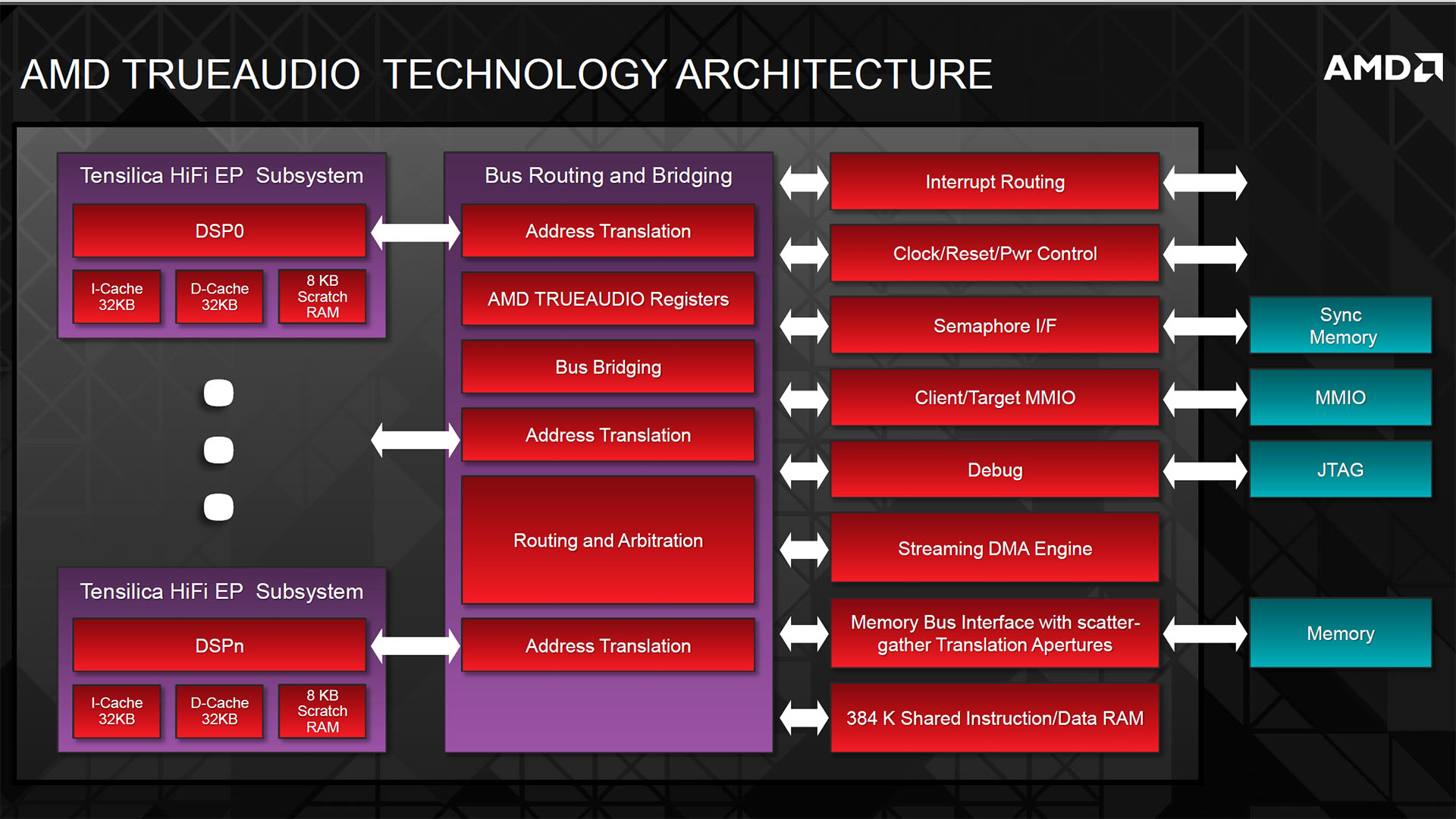I'm theorizing a few things.
1. The R9-390x spec might actually be true. When Titan was first released, AMD was going to produce a graphic card with twice the amount of SP to the 7000 series card. This could never be done on 28, but it was possible for it to be on 20 nm. I believe the card was called Tenerife II. It was suppose to have twice the SP of a 7980 and 16 additional SP in series. Now that 20nm graphic are starting to make their appearance, it's possible that Bermuda XTX is actually Tenerife II v1.5.
Look at it from this point of view:
AMD 7980: 2048 SP at 975 Mhz Core Clock
Tenerife II: 2x 2048 sp = 4096 Sp + 16 Sp = 4112 Sp @ 975 Mhz Core Clock.
R9-390x: 0.5(4224 SP) = 2112 Sp; difference of 2.06.
2. Another thing to consider is the R9-380x. R9-380x has 3072 Sp. R9-290x has 2816 SP. In addition to this, R9-290x has roughly 10% of it's total SP locked to control TDP.
Difference between R9-290x and R9-390x: 9.09%.
R9-290x's 2816 + 10% = 3097 SP.
So in essence, R9-380x is a rebranded R9-290x. It has 99% of it's cores unlocked.
Other things to consider:
Performance gain from GTX 680 to GTX 780 Ti: 65.4%
Performance gains from GTX 680 to GTX 780: 27.6%
Performance gain from GTX 780 to GTX 780 Ti: 29.9%
Performance gain from GTX 780 Ti and GTX 880: 13.1%
Performance gain from AMD 7970 to R9-290x: 48.7%
Performance gain from AMD 7970Ghz to R9-290x: 37.5%
Performance gain from AMD 7970 to R9-390x: 122%
Performance gain from AMD 7970 to R9-280x: 8.11%
Performance gain from AMD 7970Ghz to R9-280x: 0.00% to 5.00% (-1)
Performance gain from AMD R9-290x to R9-380x: 9.09%
Performance gain from AMD R9-290x to R9-390x: 50.0%
W9100 Double to Single PP Ratio: 0.474877
K40 Tesla Double to Single PP Ratio: 0.333333
Single Precision:
GTX 780 Ti = 5.37 GFLOPs.
GTX 880 = 6.08 GFLOPs.
R9-290x = 5.63 GFLOPs.
R9-390x = 8.45 GFLOPs.
I suspect that the AMD side is more than 50.0% true. There's a noticeable trend between each generation. As for the NVidia side, I believe that GTX 880 will be 2015's GTX 680. Following after that, we'll see a GTX 680 Ti, a GTX Titan-Black-M and GTX Titan-Z-M with improved or tweaked versions of "Rough-Draft" Maxwell until GTX 980 is released.
M = Maxwell.
2560 x 1400
Theoretical Output: BF4 Dx11
GTX 780 Ti = 64 FPS.
R9-290x = 68 FPS.
GTX 880 roughly = 72 FPS.
R9-390x roughly = 102 FPS.
2560 x 1400
Theoretical Output: BioShock Infinite Dx11
GTX 780 Ti = 78 FPS.
R9-290x = 62 FPS.
GTX 880 roughly = 88.3 FPS.
R9-390x roughly = 93.0 FPS.




